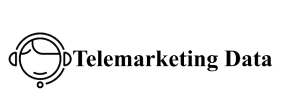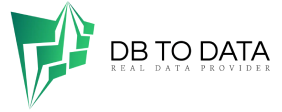Google. Smart agriculture From large agricultural consortia to organic farmers, the use of the Internet of Things has enabl a ruction in water and fertilizer consumption, as well as cuts in waste levels and an improvement in the quality of their products. The technology is appli to track microclimates across crop fields, as well as to monitor changes in temperature and humidity in products. Less food waste According to the FAO, around a third of what is produc for human consumption is lost or wast each year along the supply chain. That represents no less than 1.4 billion tons of lost nutrition for a humanity that continues to grow. The Internet of Things can minimize crop loss and increase field productivity.
Refuge from the Nearby
Israel has develop the startup prosper, which helps farmers respond promptly to problems and increases productivity by up to a third. On the other hand, in regions of africa, startups such as farmer line and argo centan are being us, which through mobile technology and big data empower business database small farmers who require market data quickly to ruce loss, while making their businesses digital. Supply chains. Connect patients through the internet of things, doctors can gain faster and more accurate access to their patients’ history. Sensors attach to them, connect to the internet, allow heart rate,
Storm Migrate to Warm
Pulse and blood pressure to be monitor. Equally increasingly, technology is helping doctors and other mical professionals monitor the well-being of patients living EL Leads independently. During the ebola epidemic that emerg in west africa in 2015, a patch with integrat sensors was test to monitor heart rate, blood oxygen saturation, breathing levels and temperature. This tool, which transmits data via bluetooth, made it possible to ruce physical interaction with people who could be infect with the virus.







